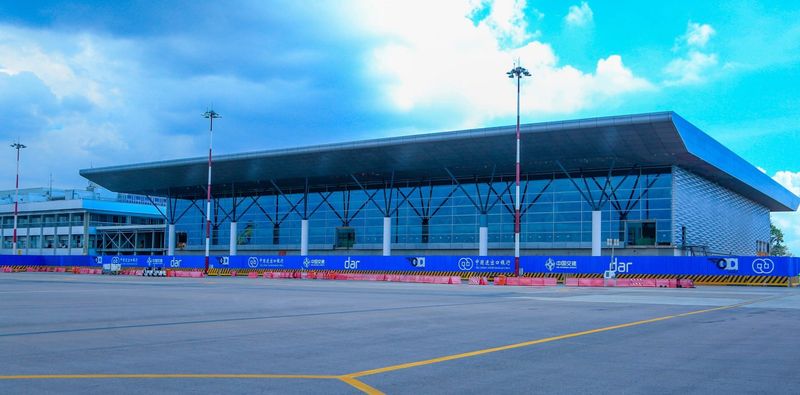
Entebbe International Airport recorded a significant uptick in both passenger and cargo volumes during the first half of 2025, reflecting a continued recovery and expansion of Uganda’s aviation sector, according to the latest data from the Civil Aviation Authority (CAA).
Between January and June 2025, the airport handled a total of 1,133,366 international passengers, comprising 550,439 arrivals and 582,927 departures. This marked a 6% overall increase compared to the 1,069,224 passengers (527,692 arrivals and 541,532 departures) recorded during the same period in 2024.
The figures represent a 4.3% year-on-year growth in international arrivals and a 7.6% rise in departures, signaling growing confidence in air travel, increased tourism, and business engagements into and out of Uganda.
Cargo traffic also registered an upward trend, with 33,622 metric tonnes of cargo handled—22,844 tonnes of exports and 10,778 tonnes of imports—up from 32,794 tonnes (22,380 exports and 10,414 imports) in the first half of 2024. This translates into a 2.1% increase in exports and a 3.5% rise in imports. Uganda’s air exports remain dominated by fish, flowers, vegetables, and other fresh produce, reinforcing the role of air freight in supporting the country’s agro-based economy.
Aircraft movements through Entebbe Airport rose to 15,922, compared to 15,223 in the same period of 2024, marking a 4.6% increase. Officials attribute the rise to improved regional connectivity, increased frequency of international flights, and growing participation in trade and tourism.
However, overflights—flights that pass through Uganda’s airspace without landing—declined by 3.6%, from 12,359 in 2024 to 11,917 in the first half of 2025. This drop is largely due to the partial reopening of Sudanese airspace, which had previously been closed due to regional instability. Airlines operating routes between the Middle East, Southern Africa, and Latin America are now gradually resuming use of the ICAO-designated contingency corridors, reducing reliance on Ugandan airspace.
Aviation analysts note that the uptick in passenger and cargo traffic at Entebbe is a positive indicator of post-pandemic recovery, resilience of Uganda’s trade corridors, and the ongoing impact of tourism marketing and airport infrastructure upgrades.
“The growth in key metrics such as international passengers and cargo volumes reflects not just recovery, but momentum,” said a senior official at the CAA. “With regional stability improving and investments in airport modernization continuing, Entebbe is on track to become an even more strategic aviation hub in East Africa.”
The CAA has pledged to continue enhancing service delivery, safety standards, and passenger experiences, as Uganda positions itself for further aviation growth and connectivity within the African continent and beyond.














Aldrige Kennedy
Leave a Comment
Your email address will not be published.